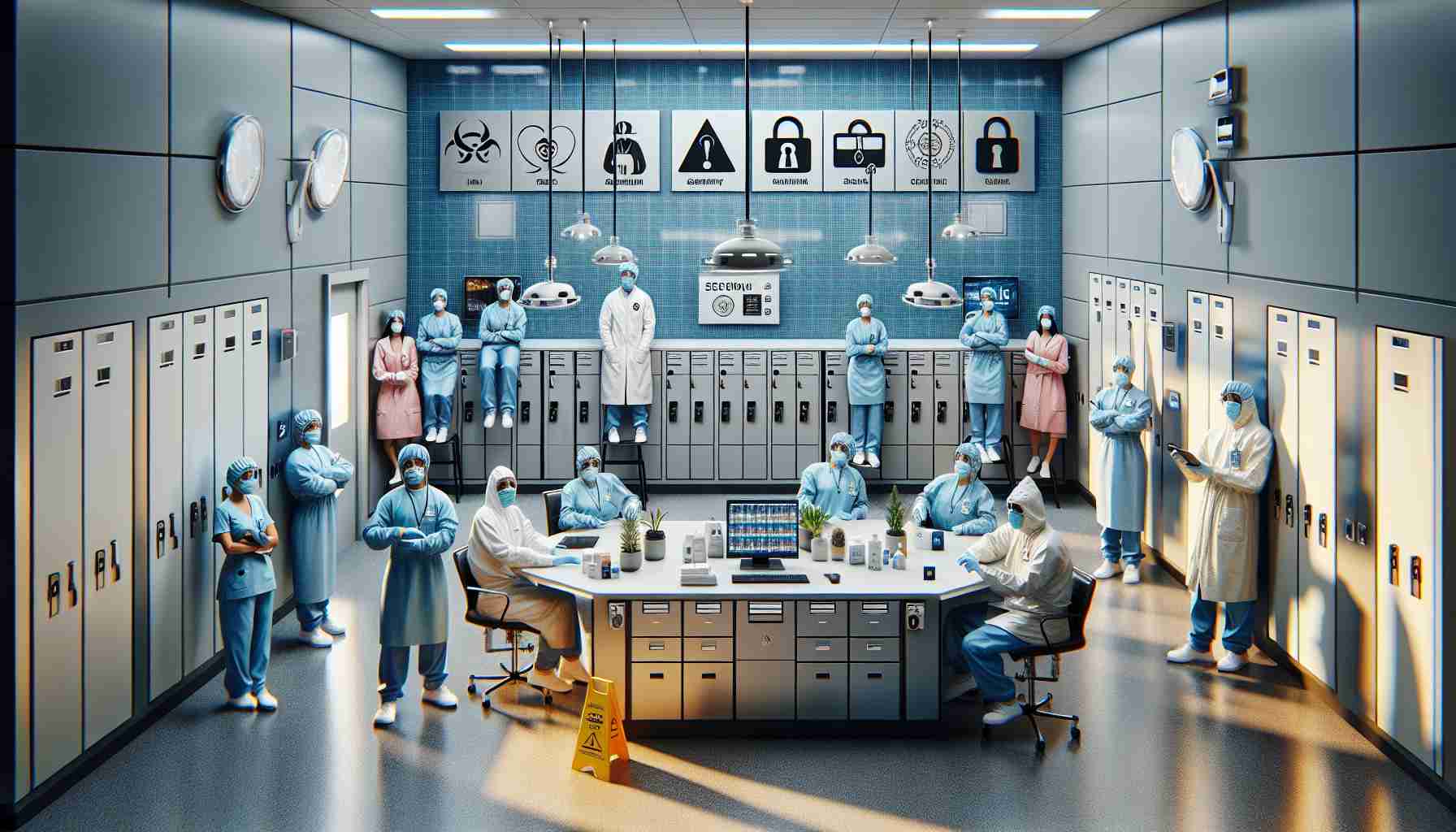Security and peace of mind are paramount for healthcare workers, yet many face potential risks in their day-to-day environments. Contractual staff in hospitals have raised concerns over workplace safety, following disturbing incidents such as secret filming and unauthorized access.
With an increasing reliance on contractual workers to bridge staffing gaps, the lack of stringent background checks raises fears about potential security breaches. The case of a volunteer with unrestricted access to Kolkata hospitals, subsequently implicated in a heinous crime, serves as a stark reminder of the vulnerabilities present in healthcare settings across the country.
The precarious situation is not confined to Kolkata, as Mumbai also grapples with similar challenges. Overworked healthcare professionals in the city express concerns about the safety measures in place, highlighting instances of privacy violations and unhygienic conditions within hospital premises. The absence of dedicated resting spaces for women employees on night shifts adds to the existing hardships faced by medical staff.
In light of these troubling realities, proactive measures must be implemented to safeguard the well-being of healthcare workers. Enhanced security protocols, comprehensive background screenings for all personnel, and improved facilities can help mitigate risks and foster a culture of safety in healthcare environments. Collective efforts are essential to ensure that hospitals remain sanctuaries of healing and protection for both patients and staff.
Ensuring Safety and Security in Healthcare Environments: Critical Perspectives
As the healthcare industry continues to evolve, ensuring the safety and security of healthcare workers remains a pressing concern. While the previous article shed light on some challenges faced in healthcare environments, there are additional factors to consider in this complex landscape.
Important Questions:
1. What role do technology and surveillance play in enhancing security in healthcare settings?
2. How can effective communication strategies contribute to a safer work environment for healthcare professionals?
3. What are the legal implications and responsibilities of healthcare institutions in ensuring the safety of their workforce?
Key Challenges and Controversies:
One of the primary challenges in ensuring safety and security in healthcare environments is striking a balance between protecting the privacy of patients and maintaining a secure workplace for staff. The use of surveillance cameras and access control systems can enhance security but may also raise concerns about invasion of privacy.
Additionally, the growing prevalence of cyber threats poses a significant challenge, as healthcare institutions store sensitive patient data that is vulnerable to hacking and data breaches. Balancing the need for easy access to information with stringent data protection measures is a delicate task faced by many healthcare organizations.
Advantages and Disadvantages:
Enhanced security protocols, such as installing electronic access controls and implementing comprehensive staff training programs, offer numerous advantages in mitigating risks and ensuring a safe work environment. These measures not only protect healthcare workers but also contribute to the overall well-being of patients.
However, a potential disadvantage of strict security measures is the perception of a restrictive or oppressive work environment. Overly stringent policies can lead to decreased morale among staff members and hinder collaboration and communication within healthcare teams.
In conclusion, the safety and security of healthcare environments are multifaceted issues that require a comprehensive approach. By addressing key challenges, implementing proactive measures, and fostering a culture of safety, healthcare institutions can create a conducive environment for both employees and patients.
For further information on healthcare security practices and guidelines, visit World Health Organization.
